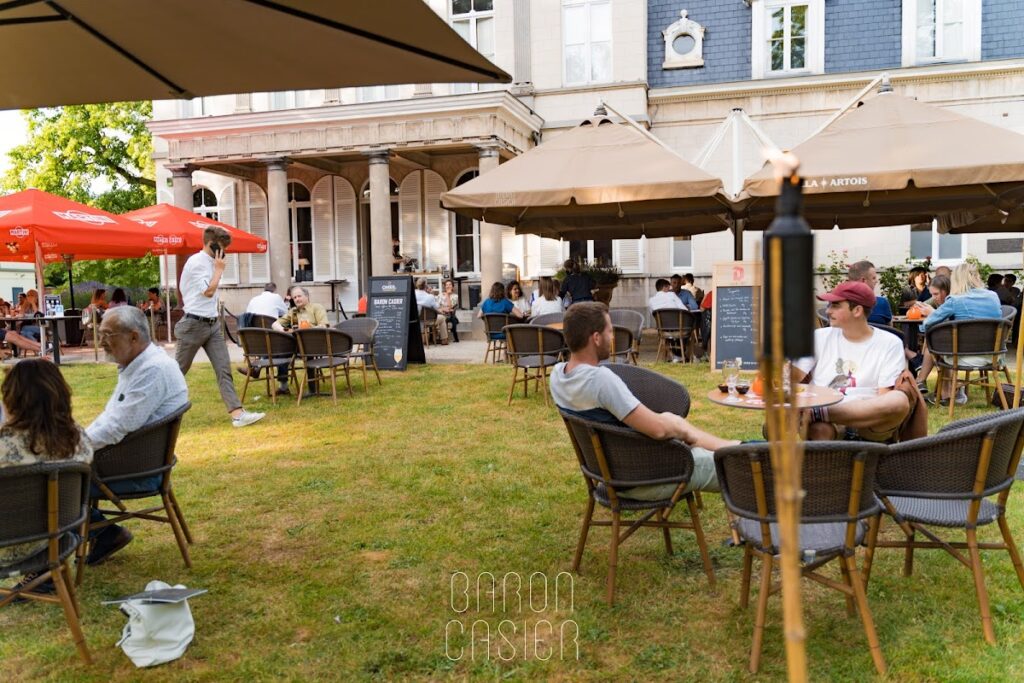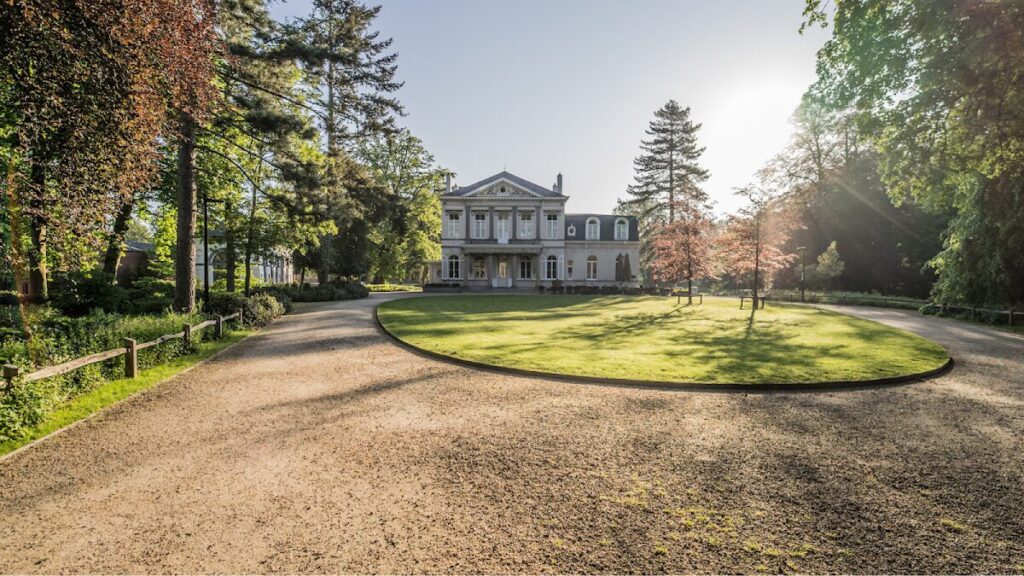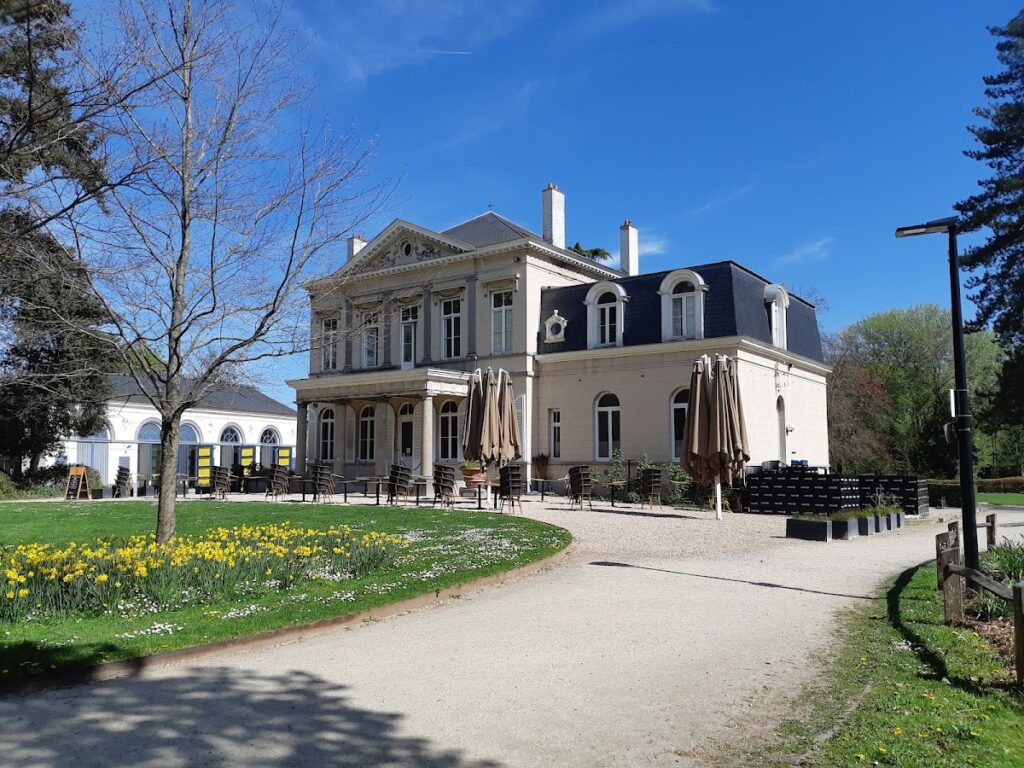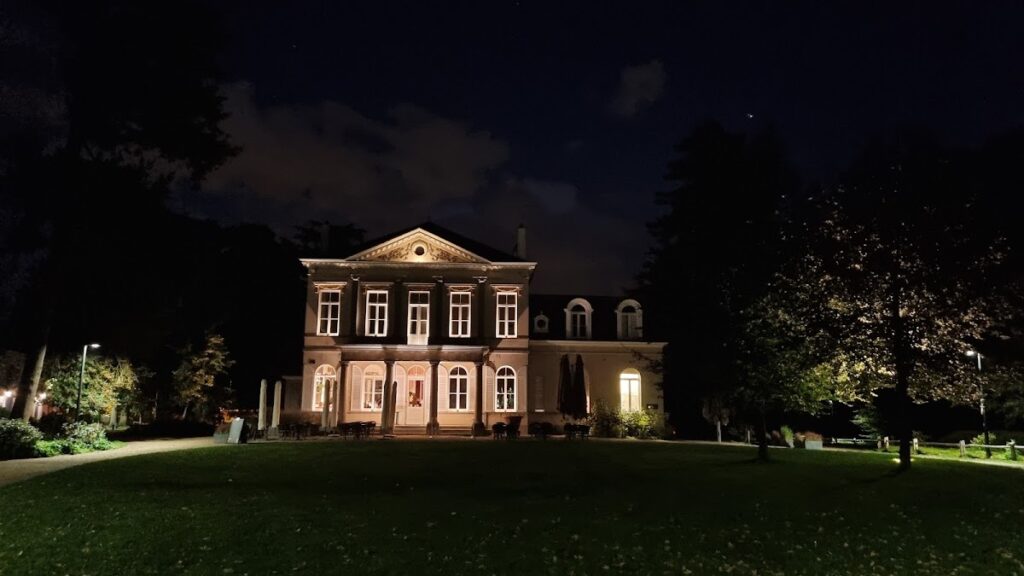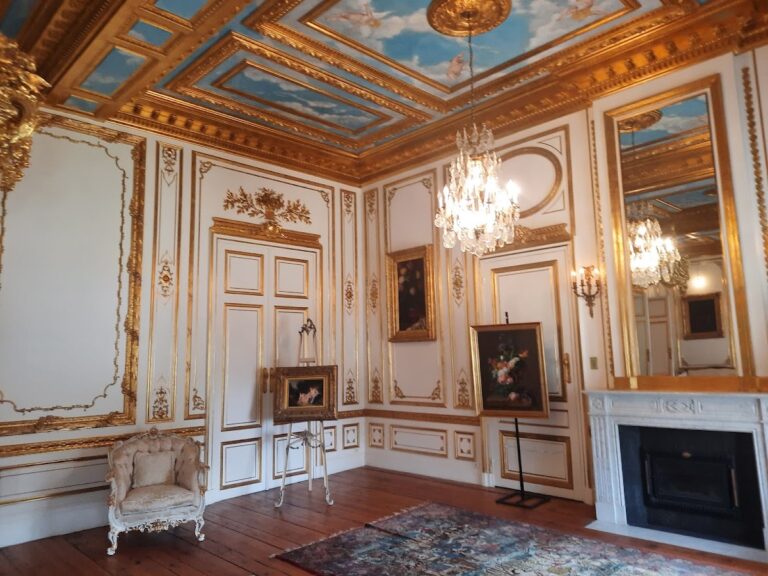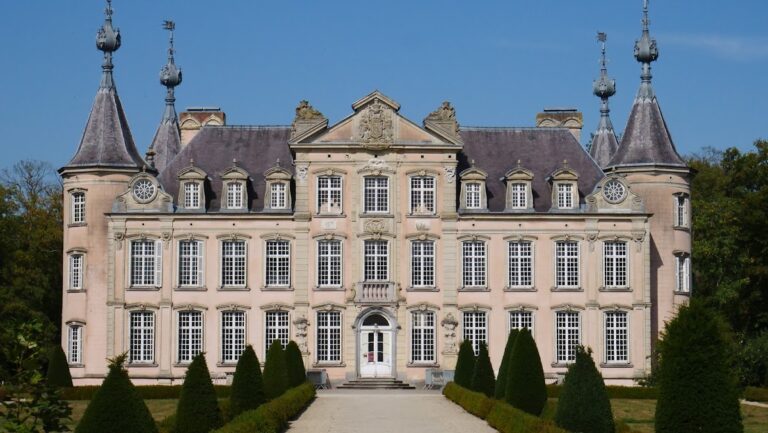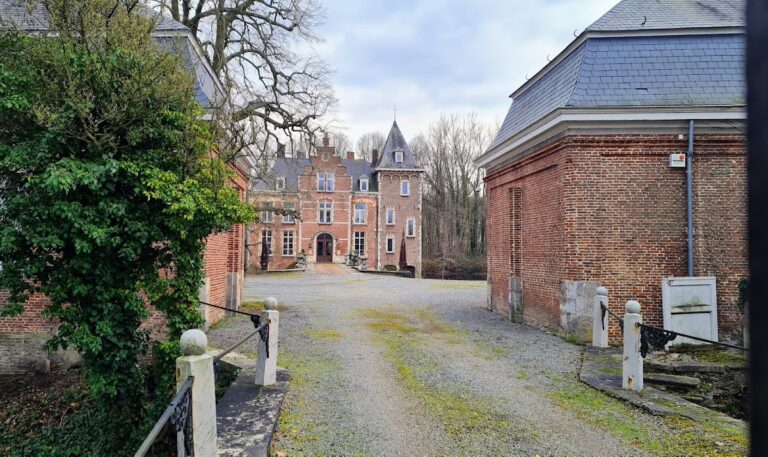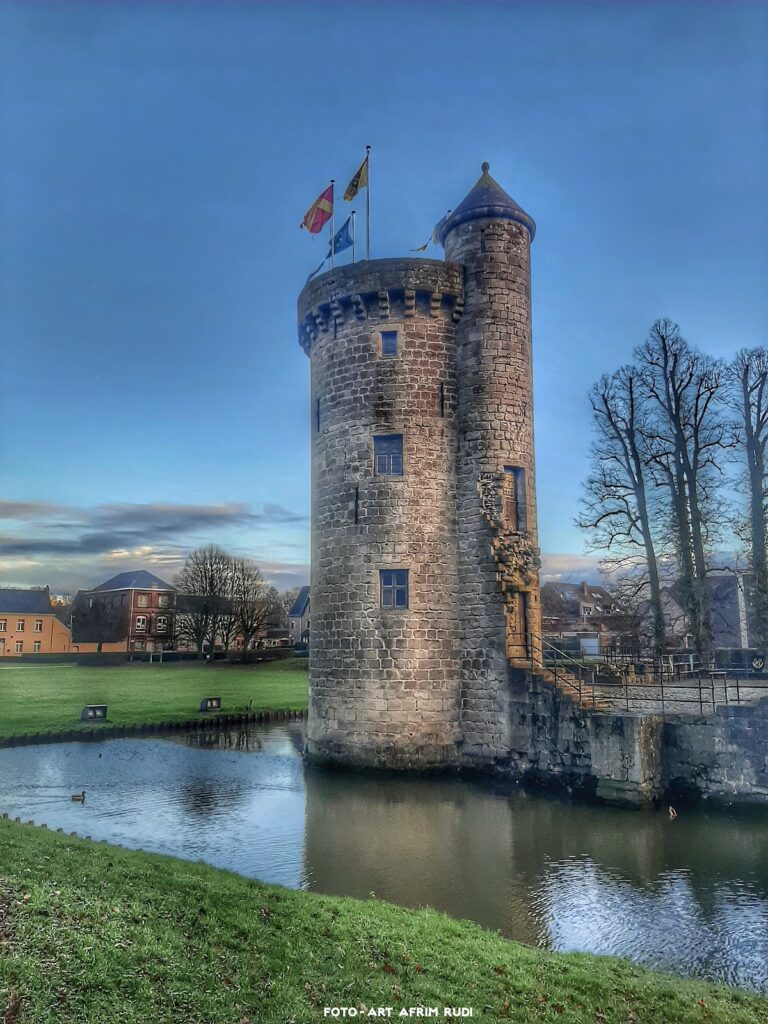Kasteel Casier: A Historic Estate in Waregem, Belgium
Visitor Information
Google Rating: 4.3
Popularity: Low
Google Maps: View on Google Maps
Official Website: www.baroncasier.be
Country: Belgium
Civilization: Unclassified
Remains: Military
History
Kasteel Casier is situated in Waregem, a municipality in present-day Belgium. Its origins lie in land that was once open fields owned by religious institutions during the medieval period, specifically the Onze-Lieve-Vrouwekapittel (Chapter of Our Lady) of Doornik and later partially transferred to the Chapter of Kortrijk. This ecclesiastical ownership ended during the French period, when the land was seized and sold through public auctions.
In the early 1800s, Godefroid Boulez, mayor of Waregem from 1804 to 1819, acquired the parcel and around 1816 developed it into a landscaped park featuring several buildings and a distinctive figure-eight shaped moat. The estate passed through his family; Boulez’s daughter, Victoire, married Ferdinand Storme, who succeeded Boulez as mayor. Their daughter Nathalie wed Felix de Ruyck, a local brickmaker who undertook the construction of the castle, settling there around 1852. Under de Ruyck’s ownership, the property expanded significantly, with further enlargements in the 1870s, including an extension to the castle in 1878, the addition of a portico in 1883, and the construction of a new coach house.
At the close of the 19th century, in 1897, the estate was purchased by Baron Victor Casier and his wife Marie-Victorine Storme, who used the property primarily as a summer residence. Their daughter, Agnes Casier, added a chapel to the grounds sometime after 1911. The castle endured considerable damage during World War I, including the loss of the family archives in a fire. Restoration efforts were undertaken shortly after the war in 1919, which restored the building to its original appearance; however, the gardener’s house and pavilion built during the initial 1816 development were removed during this process.
In 1977, the municipality acquired the park, leading to extensive restoration work and the opening of the site to the public in the early 1980s under the name Park Baron Casier. In 1983, the castle began serving hospitality functions. Further infrastructure improvements included the construction of a connecting road in the 1990s that linked the town market to the park.
Remains
The estate is defined by a small castle built in the neoclassical style around 1852, distinguished by its simple rectangular layout. Significant expansions were made in 1921, which shaped much of its current form. Complementing the castle is a coach house dating from the same initial construction period of 1852; this building incorporated a dog kennel added in 1904, reflecting functional adaptations over time.
Surrounding the castle is a park carefully designed in the English landscape tradition beginning in 1872. This naturalistic garden features a unique waterway shaped like the number eight, enclosing two islands accessible via bridges. This water system was both ornamental and practical, aided by a small wind-powered pump mill installed between 1872 and 1883. This mill lifted water from the nearby Gaverbeek stream into elevated ponds, supporting the park’s water features. The pump mill remained in operation until 1908 and was faithfully reconstructed in 2005 to preserve its historical significance.
Adding to the park’s artistic heritage, there is a sculpture created by Paul Destoop placed within the grounds, enhancing the cultural landscape of the estate. Notably, the original gardener’s house and pavilion erected in the early 19th century as part of Boulez’s initial design were removed after World War I as part of the restoration activities that sought to restore the castle and park to their 19th-century states.
Together, these architectural and landscape elements represent a layered history of private ownership, wartime damage, and municipal stewardship, with each phase leaving tangible traces visible today.
